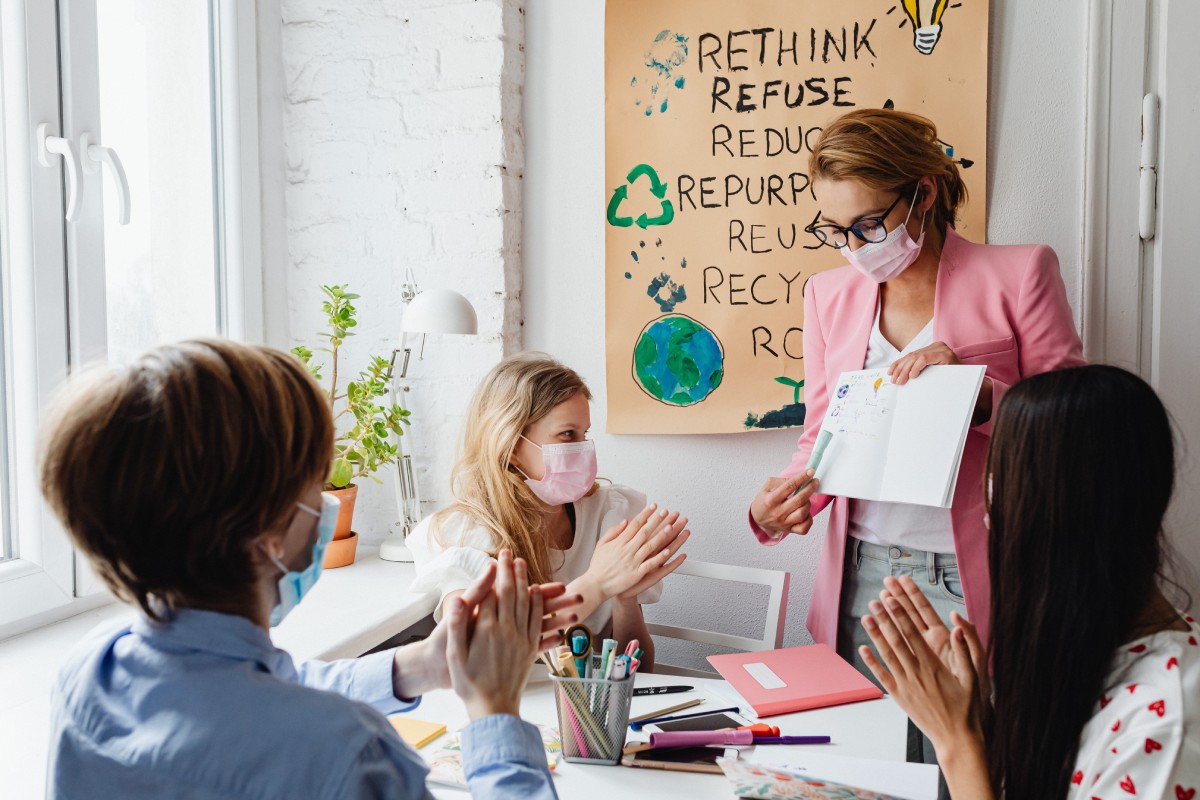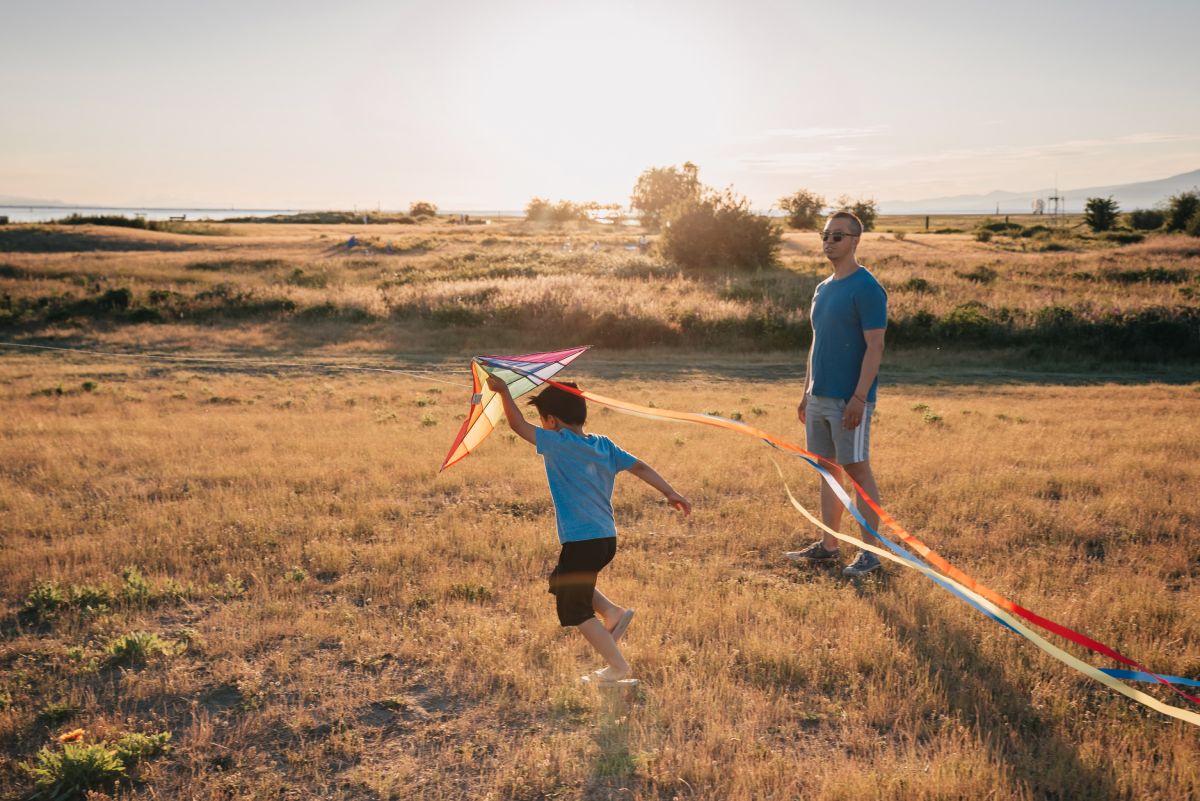Introduction
Welcome to the fascinating world of sustainability - a realm where the choices we make today can influence the state of our planet for years to come. This concept is not just essential for adults to understand, but it is also crucial for children, the future custodians of our planet. Teaching kids about sustainability can be a fun, enlightening, and transformative process for both you and the children.
The importance of teaching sustainability to kids
Children have an innate sense of curiosity and wonder, making them the perfect students for sustainability. They have the capacity to understand complex issues, such as climate change, resource depletion, and the importance of recycling, at a surprisingly young age. Moreover, instilling a love for the environment early on can lead to a lifetime of eco-friendly habits. Hence, teaching sustainability to kids is an investment in the future of our planet.
Benefits for kids understanding sustainability
Sustainability is more than just a buzzword; it’s a pathway towards a healthier and more equitable world. Children who grasp the concept of sustainability can develop a greater appreciation for nature and a better understanding of their role within the global ecosystem.
Moreover, knowledge of sustainability can also help kids develop important skills, such as critical thinking, problem-solving, and empathy. They learn that their actions have consequences and can contribute positively or negatively to the environment. This understanding can translate into improved decision-making skills and a stronger sense of responsibility and empathy for others and the environment.
Overview of the blog post
In this blog post, we will delve into various ways to teach children about sustainability. From engaging activities to practical daily habits, we aim to equip you with effective methods to convey the significance of sustainable living to kids.
We will explore tips to introduce sustainability concepts in age-appropriate ways, followed by hands-on activities that can further reinforce these lessons. We’ll also cover how to encourage children to be eco-conscious and ways to integrate sustainability lessons into everyday life.
By the end of this post, you should have a solid foundation for fostering sustainability knowledge in children, empowering them to be eco-conscious citizens and stewards of our planet. Let’s begin our journey towards a more sustainable future, one child at a time.
Why Kids Need to Understand Sustainability
In the increasingly interconnected world that we inhabit, the need for understanding sustainability has never been more critical. And who better to appreciate this urgency than the generation who will inherit the Earth in its current state? Kids are the torchbearers of the future, and their comprehension of sustainability will not only impact their lives but also the health and longevity of our planet.
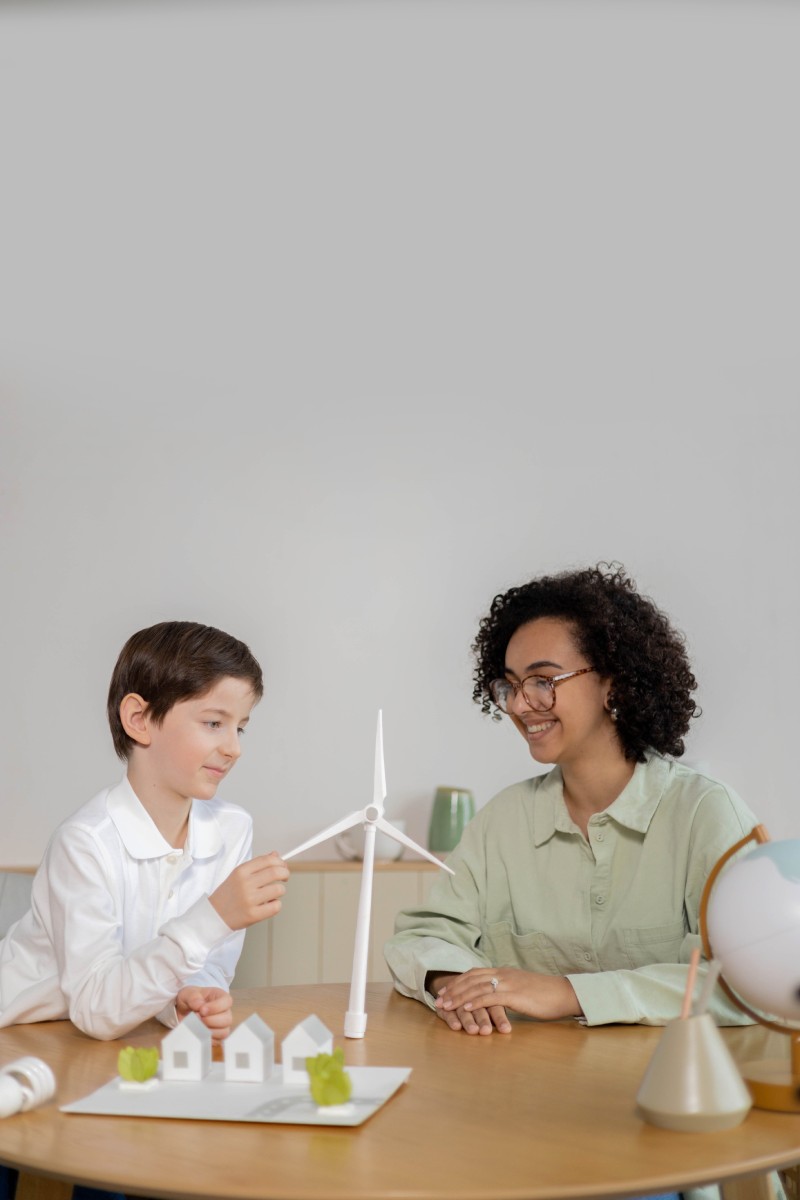
Relevance of sustainability in today’s world
The world is currently facing a multitude of environmental challenges, from deforestation and biodiversity loss to water scarcity and pollution. Climate change, primarily driven by human activities, is exacerbating these issues. In this scenario, understanding sustainability becomes non-negotiable. It’s no longer an abstract concept but a practical necessity for our survival.
By learning about sustainability, kids become aware of the state of the planet and the role they can play in its preservation. This understanding enables them to appreciate the interconnectedness of all life forms and the importance of balance in natural systems.
Impacts of climate change on future generations
For future generations, the stakes are high. Climate change impacts, such as more frequent and severe weather events, rising sea levels, and shifting seasons, are projected to intensify in the coming years. This poses unprecedented challenges to human health, food security, water availability, and more.
By teaching kids about sustainability, we’re preparing them for the world they’re set to inherit. With an understanding of sustainability, they’ll be better equipped to face these challenges head-on and contribute towards innovative solutions. They’ll understand that their actions - however small - can have a lasting impact on the world.
Sustainability as a part of essential life skills
Sustainability isn’t merely an environmental issue; it’s also a social and economic one. It’s about learning to use resources efficiently, developing technologies that can support a growing population, and ensuring equity in resource distribution.
Integrating sustainability into children’s education can help them develop vital life skills, such as critical thinking, problem-solving, and empathy. It equips them to make informed decisions and contribute effectively to their communities. It encourages them to adopt a holistic perspective, considering the economic, social, and environmental impacts of their actions.
In conclusion, teaching kids about sustainability is not just a good idea; it’s a necessity. They need to understand the issues at stake, the impacts of their actions, and their power to effect change. After all, the children of today are the leaders of tomorrow, and their understanding and actions will shape the future of our planet. In the following sections, we will delve into practical strategies and fun activities to bring the concept of sustainability alive for kids.
Talking About Sustainability: Age-Appropriate Explanations
Teaching sustainability to children is a crucial task, but it’s not without its challenges. It involves presenting complex, sometimes distressing, topics in a way that’s accessible, age-appropriate, and, importantly, hopeful. In this section, we’ll provide some guidance on how to navigate these conversations, catering to different age groups and striking a balance between delivering the facts and fostering optimism.
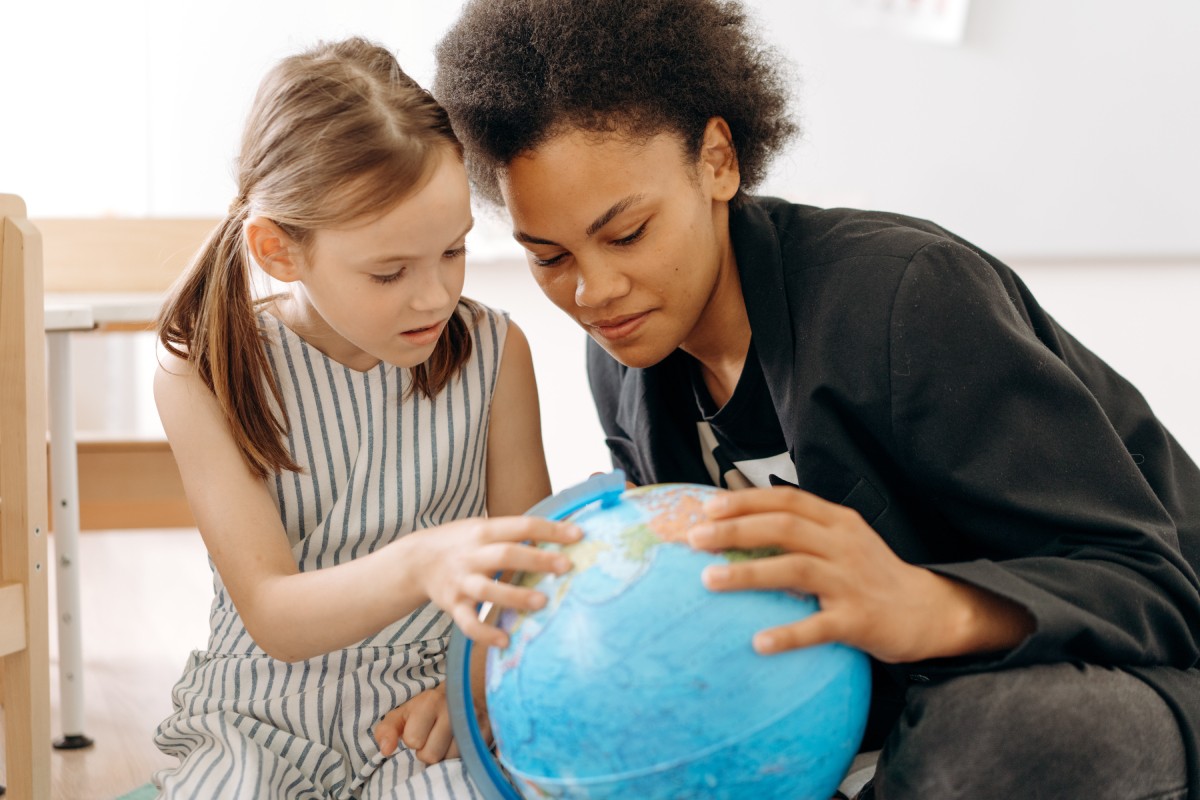
Simplifying sustainability concepts for younger kids
When it comes to younger children, the key is to start with the basics and use lots of visual aids, stories, and games. You can introduce them to the concept of taking care of the environment by relating it to their immediate surroundings like their home, park, or school.
For instance, explaining the importance of recycling can start with a simple activity of separating waste into different bins: one for paper, one for plastic, and one for food waste. You can relate the concept of energy conservation to switching off lights when they leave a room, or water conservation to turning off the tap while brushing teeth. Remember, for young children, learning is best when it’s experiential and fun.
Detailed discussions for older kids
As children grow older, they can handle more complex information and abstract concepts. This is a good time to introduce topics like climate change, deforestation, renewable energy, and biodiversity. You can use documentaries, news articles, and books to aid these discussions.
Activities like setting up a bird feeder and watching the species it attracts can lead to a conversation about local biodiversity and habitat preservation. Similarly, a hike in the woods or a visit to a renewable energy farm can provoke discussions on deforestation or renewable energy sources.
Balancing information with optimism
While it’s important to be honest about the gravity of the environmental challenges we face, it’s equally crucial to highlight the positive actions being taken worldwide and the power each individual has to make a difference. You can share stories of young environmental activists, breakthroughs in green technology, or successful conservation projects to inspire hope and motivate action.
Remember, the aim is not to overwhelm or scare children with apocalyptic narratives, but to empower them. Encourage them to ask questions, share their concerns, and brainstorm solutions. Let them know that change is possible, and they are part of it.
In the end, teaching sustainability to kids is about nurturing informed, empathetic, and proactive global citizens. It’s about equipping them with the knowledge, skills, and values they need to shape a sustainable future. And who knows? You might learn something new in the process too. In the next sections, we’ll share some practical tips and activities to make learning about sustainability enjoyable and effective.
Everyday Sustainable Practices
As the old saying goes, “actions speak louder than words”. Demonstrating sustainable practices in our everyday life can be one of the most effective ways to teach children about sustainability. By integrating eco-friendly habits into daily routines, children can see first-hand the practical applications of the concepts they’re learning. In this section, we’ll explore a few ways you can model and encourage sustainable behaviors in the comfort of your own home.
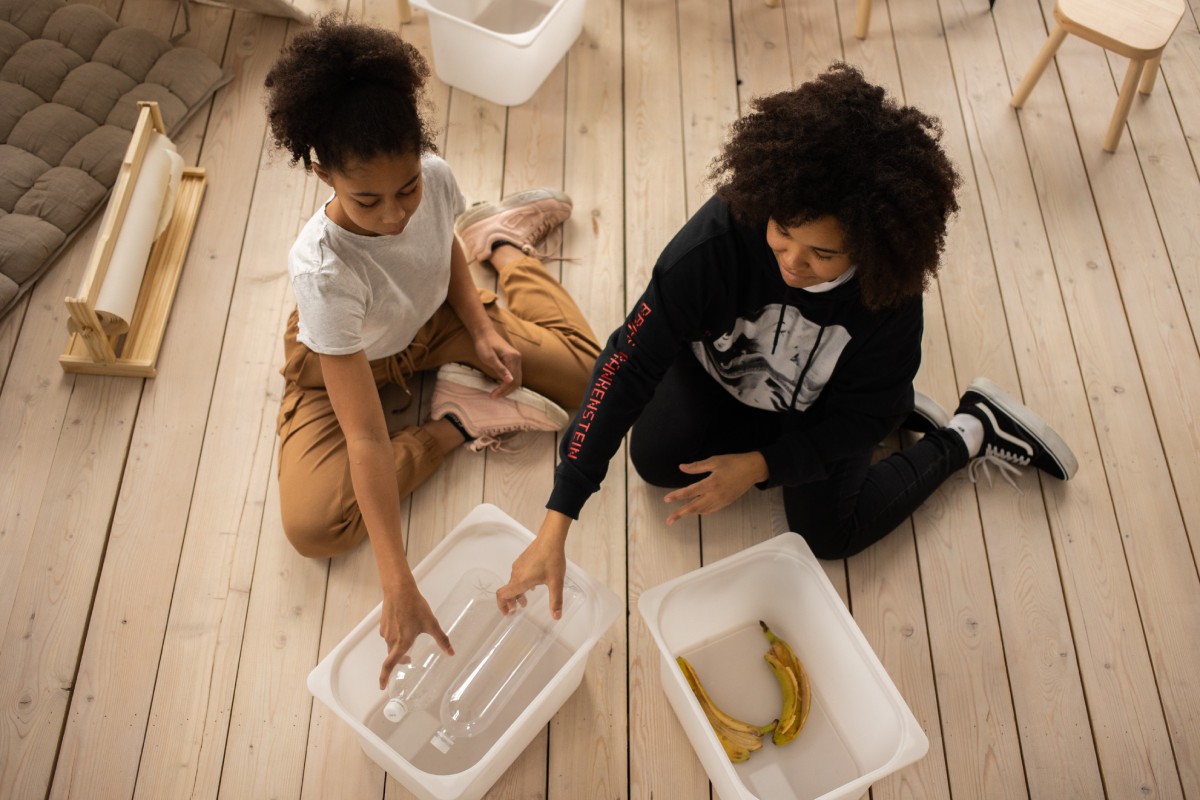
Implementing recycling at home
Recycling is a great place to start when introducing kids to sustainable practices. It’s tangible, accessible, and can be implemented immediately. Setting up a home recycling station can be a fun and educational project. Let your children participate in categorizing recyclables - paper, plastic, glass, and metals.
You can also discuss the concept of upcycling, which is the process of transforming waste materials into something useful or creative. This could include turning an old t-shirt into a reusable shopping bag, or repurposing glass jars as storage containers. Such activities will foster creativity and resourcefulness, while instilling the idea that “waste” is often just a matter of perspective.
Teaching about conserving water and electricity
Conservation is another core aspect of sustainability. Simple habits like turning off lights when leaving a room, unplugging devices when they’re not in use, or using water efficiently can make a significant difference. Make a game out of spotting ways to save energy or water around the house. This not only ingrains good habits but also encourages children to be observant and mindful.
Discuss the concept of “phantom power” – the energy that devices and appliances use even when they’re turned off. Explain how switching to energy-efficient light bulbs or appliances can save energy and reduce carbon emissions. To teach water conservation, consider setting up a rainwater harvesting system or a small home garden that depends on it. This visual, hands-on approach can be very effective in driving the message home.
Encouraging minimalistic and mindful consumption
In an era of fast fashion and disposable goods, teaching children about the value of minimalistic and mindful consumption is crucial. Encourage them to think before they buy: Do they really need it? Can they borrow, swap, or buy second-hand? What’s the environmental cost of producing it?
Encourage activities like clothes swapping with friends or repairing and customizing old clothes. Cook meals together using locally sourced ingredients to minimize carbon footprint and packaging waste. Promote the idea of ‘quality over quantity’ when it comes to purchasing goods.
By integrating these practices into everyday life, you’ll be teaching your children invaluable lessons about sustainability. They will understand that it’s not just about big, grand gestures but also about the small decisions we make every day. In the next section, we’ll dive into some more specific activities and projects that can make learning about sustainability even more exciting and engaging.
Interactive Sustainability Activities
As children learn by doing, engaging them in interactive activities that incorporate sustainability principles can be an excellent teaching tool. These hands-on activities not only bring environmental concepts to life but also make learning fun and memorable. Here are some engaging activities that you can involve your children in to teach them about sustainability while making some incredible memories.
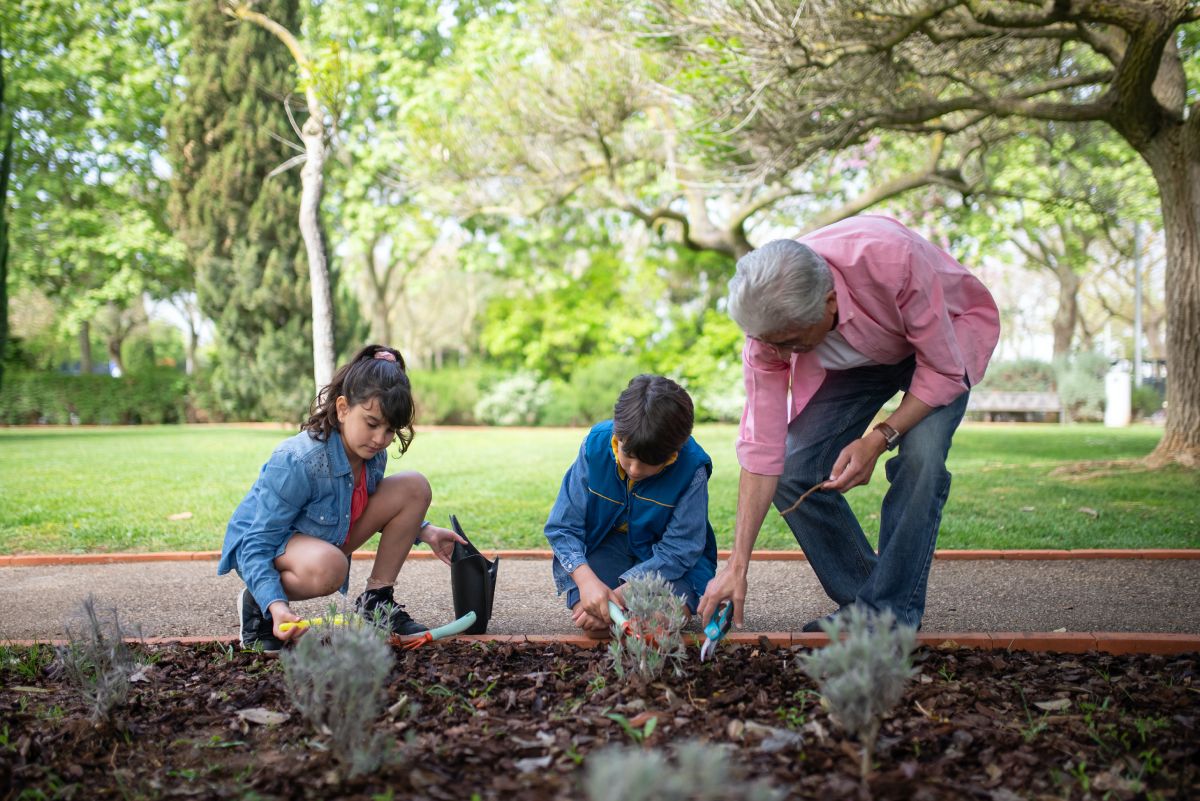
Gardening: a hands-on approach to understanding nature
Gardening is an exceptional activity that allows children to interact directly with the environment. Through gardening, they can learn about the life cycle of plants, the importance of water, sunlight, and soil nutrients. Cultivating a home garden, whether it’s a backyard vegetable patch or a windowsill herb garden, encourages responsibility and patience as kids tend to their plants and watch them grow over time.
Moreover, composting can be a fantastic addition to your home gardening project. Composting kitchen waste introduces kids to the concept of waste reduction and the natural process of decomposition. It’s a valuable lesson about the nutrient cycle and how nothing goes to waste in nature.
DIY crafts using recycled materials
Encouraging your kids to get creative with recycled materials can be a fun way to teach them about reducing waste and reusing resources. Simple materials like cardboard boxes, toilet paper rolls, or old clothes can be transformed into exciting new creations.
For instance, making bird feeders from old plastic bottles or creating artwork from scraps of paper and fabric can be both fun and educational. These activities not only stimulate creativity but also allow kids to see how what might have been considered ‘trash’ can be turned into something useful and beautiful.
Energy-saving challenges or games
A great way to instill energy-saving habits in kids is by turning it into a game or challenge. You can establish a friendly competition among family members to see who can save the most energy during a week. The ‘game’ could include actions like turning off lights when not in use, unplugging electronic devices, taking shorter showers, or using natural light during the day instead of switching on lights.
Another idea is to conduct an ‘energy audit’ of your home with your children. Monitor your utility bills and discuss how different behaviors can impact these numbers. Seeing these real-world results can be a powerful motivator for kids to keep practicing and improving their energy-saving habits.
While these activities can add a fun twist to learning about sustainability, they also build a strong foundation for understanding more complex environmental issues as children grow older. As we dive into the next section, we’ll explore how educational institutions play a critical role in nurturing children’s understanding of sustainability.
Incorporating Sustainability in Schoolwork
Schools play a significant role in shaping a child’s understanding of the world. Therefore, integrating sustainability into schoolwork can be a highly effective way to foster environmental awareness and instill sustainable habits. Let’s explore how different school subjects can incorporate elements of sustainability, bringing real-world context to classroom learning and sparking curiosity about the environment.
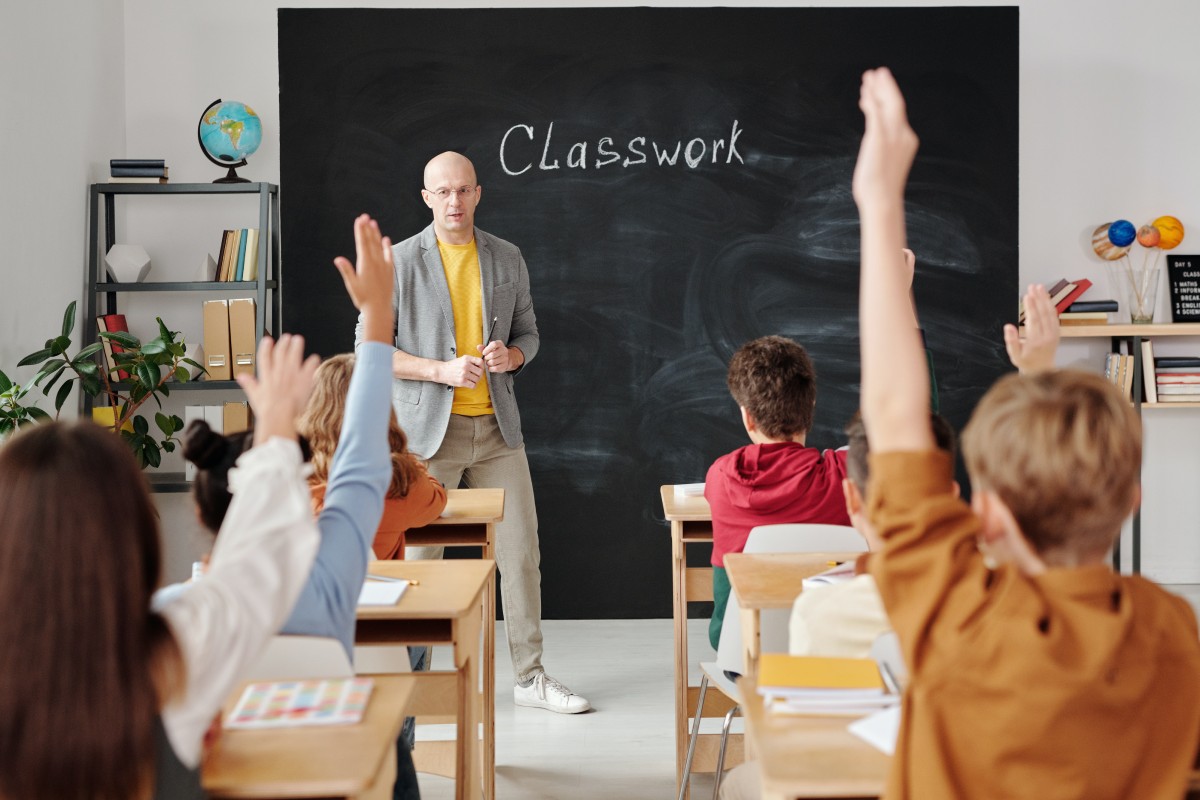
Relevant science and social studies projects
Science and social studies subjects offer numerous opportunities to incorporate sustainability. For instance, science projects could involve studying local flora and fauna, understanding the impacts of pollution on ecosystems, or exploring renewable energy technologies. In social studies, students could delve into the social and economic aspects of sustainability, such as studying the impacts of climate change on different communities or exploring sustainable practices in various cultures.
You can also make school projects more interesting and engaging by emphasizing fieldwork. Activities like nature walks, local area surveys, or visits to recycling plants can make theoretical concepts more tangible.
Reading and discussing books about nature and conservation
Books offer a wonderful avenue for children to learn about sustainability. Numerous children’s books focus on topics like wildlife conservation, climate change, recycling, and other sustainability issues. These books can serve as valuable tools to initiate conversations about these important topics and encourage kids to think critically about the environment.
Some book recommendations could include “The Water Princess” by Susan Verde, “The Watcher” by Jeanette Winter, and “The Great Kapok Tree” by Lynne Cherry. These books, among others, offer engaging and impactful stories about different aspects of sustainability.
Writing assignments focusing on environmental topics
Writing assignments can also be a fantastic way to incorporate sustainability into schoolwork. Encouraging students to write essays, reports, or creative pieces about environmental topics can foster a deeper understanding of these issues.
For instance, you could assign a project where students need to write a letter to a local representative about a specific environmental concern in their community. Or, they could write a story imagining a world where a particular environmental problem has been solved.
In addition to improving their writing skills, these assignments can help students develop empathy and a sense of responsibility towards the environment. Moreover, they can encourage kids to think about solutions, nurturing their problem-solving skills and fostering a sense of optimism about the future.
To conclude, the incorporation of sustainability into schoolwork can be an excellent way to deepen kids’ understanding of environmental issues and cultivate sustainable habits. In the next section, we’ll take a look at how digital resources can also contribute to teaching kids about sustainability.
Outdoor Experiences
One of the most effective ways to teach kids about sustainability is by getting them outdoors. When children experience nature firsthand, they develop a profound appreciation for the environment that can cultivate lasting sustainable habits. In this section, we’ll explore a few outdoor activities that can instill a love for nature and an understanding of our responsibility to protect it.
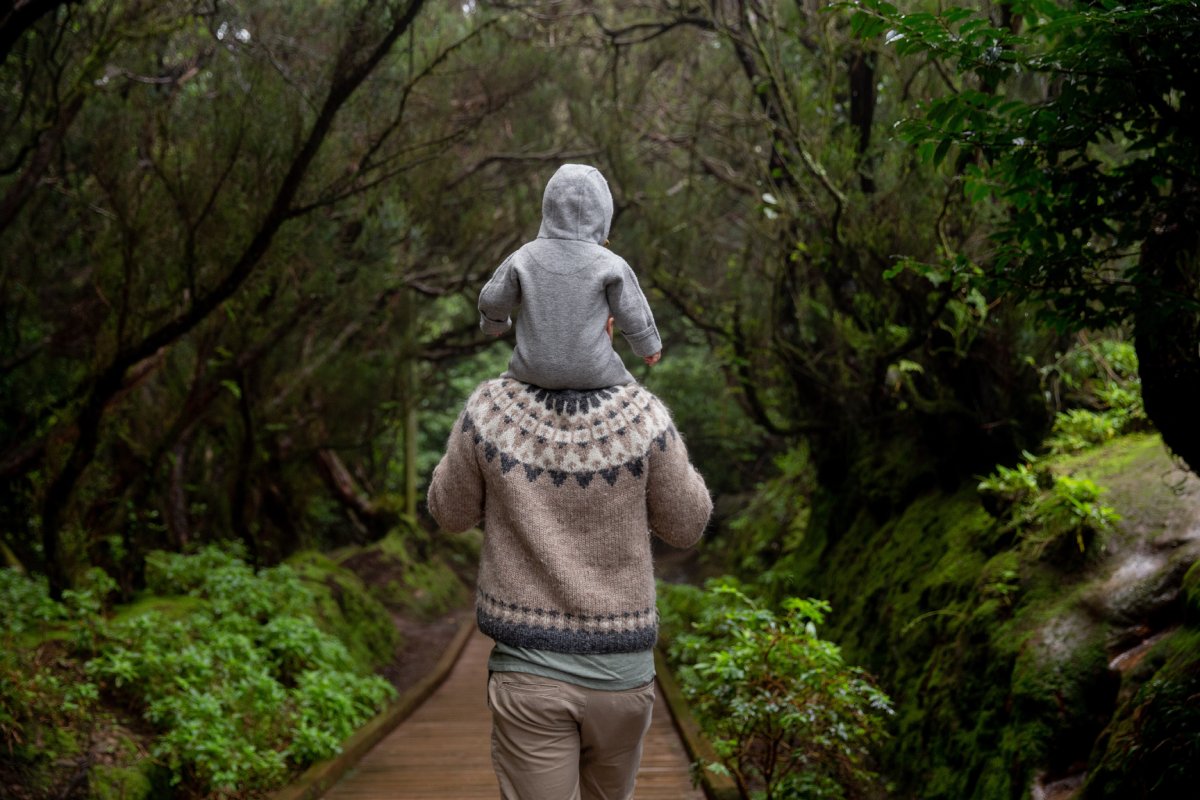
Nature walks and identifying local flora and fauna
Nature walks are an excellent activity to help children connect with their local environment. Whether it’s in a nearby park, a nature reserve, or even your own backyard, there’s always something new to discover.
During these walks, encourage kids to identify different types of plants and animals. This can turn into a fun scavenger hunt, where they try to spot as many species as possible. You could even use field guides or apps to aid in identification and learn interesting facts about each species.
Remember to talk about the roles these plants and animals play in the ecosystem, emphasizing the importance of biodiversity. This helps children understand that every living thing, no matter how small, has a role in maintaining the health of our planet.
Visits to local farms or farmers’ markets
Taking kids to local farms or farmers’ markets can be an enlightening experience. It provides a great opportunity to teach them about where our food comes from and the hard work that goes into producing it. This understanding can foster gratitude and respect for farmers and the land.
Discussing concepts like organic farming, seasonal produce, and local versus imported foods can further deepen their understanding of sustainable food systems. This can encourage more sustainable eating habits, such as preferring locally grown, seasonal, and organic foods.
Beach or park cleanups
Participating in beach or park cleanups can be a powerful experience for children. It gives them a firsthand look at the problem of litter and waste, and the impact it can have on our environment. These events can lead to meaningful discussions about waste reduction, recycling, and the importance of keeping our environment clean.
Moreover, the sense of accomplishment kids feel after helping clean up a natural area can be very empowering. It shows them that they can make a difference, which can motivate them to engage in more sustainable behaviors.
In conclusion, outdoor experiences can be a valuable tool in teaching kids about sustainability. Not only do they provide learning opportunities, but they also foster a deep, emotional connection with nature. This connection is often what drives a lifelong commitment to sustainability. In the next section, we’ll discuss the role of digital resources in sustainability education.
Emphasizing the Role of Community in Sustainability
While individual actions play a crucial role in sustainability, the collective efforts of a community can amplify these effects significantly. By teaching kids about the power of community action, we can encourage them to become active participants in their local environmental initiatives. In this section, we will discuss how to involve kids in community-based sustainability practices and why they are critical for a sustainable future.
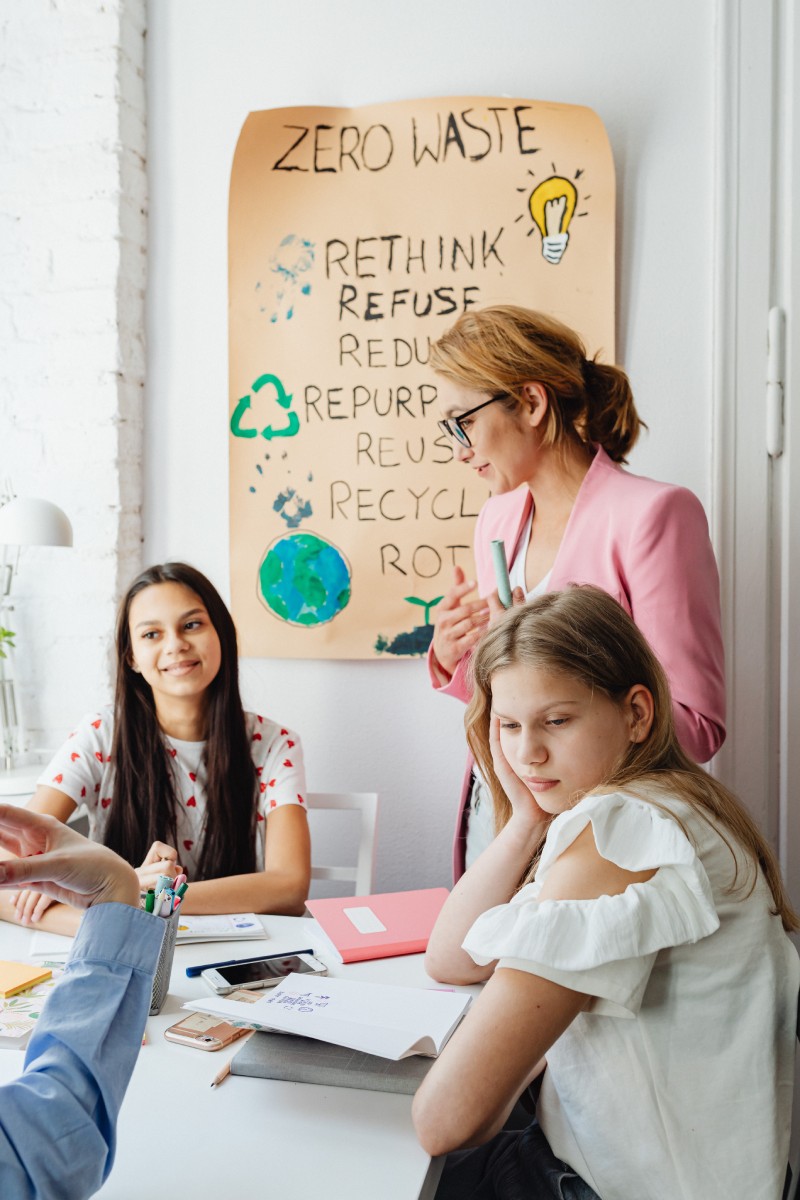
Sharing about community recycling programs
Recycling programs are often among the first community initiatives that kids get exposed to. It’s important to explain how these programs work and why they’re important. Discuss the various materials that can be recycled and how recycling helps conserve resources and reduce waste.
Make it a practice to involve children in the sorting and disposal of recyclables at home. This hands-on experience can make the concept of recycling more tangible for them. Also, consider visiting a local recycling center, if possible. Seeing the process firsthand can deepen their understanding and appreciation for recycling.
Discussing local environmental issues
Knowledge of local environmental issues is key to fostering community engagement in kids. Whether it’s air pollution, water conservation, or the loss of local biodiversity, these problems provide context for the sustainability lessons you’re teaching. They show kids why it’s important to care about these issues and how their actions can help mitigate them.
Use these issues as a launching pad for discussions and projects. For example, if water conservation is a local issue, consider setting up a rainwater harvesting system at home and involve your kids in the process. It can be a practical lesson in sustainable water practices.
Involvement in local green initiatives or events
Involving children in local green initiatives or events, such as tree planting, community gardening, or clean-up drives, can be incredibly impactful. These experiences can instill a sense of responsibility and show them that their actions can indeed make a difference.
Encourage kids to participate in these initiatives regularly. The more involved they are, the more likely they are to continue these practices as they grow older.
Involvement in community sustainability efforts can also help children feel more connected to their community and foster a sense of belonging. It provides opportunities to meet like-minded peers and role models who can positively influence their attitude towards sustainability.
Community involvement in sustainability teaches children that while individual actions are important, it’s collective action that can lead to significant environmental change. In the next section, we’ll talk about leveraging digital resources to teach kids about sustainability.
Fostering a Love for Nature
One of the most enduring ways to teach children about sustainability is to help them develop a deep love for nature. When kids care about the environment, they are more likely to grow into adults who will protect it. This section will explore ways to foster this love for nature, which can be the first step towards a sustainable mindset.
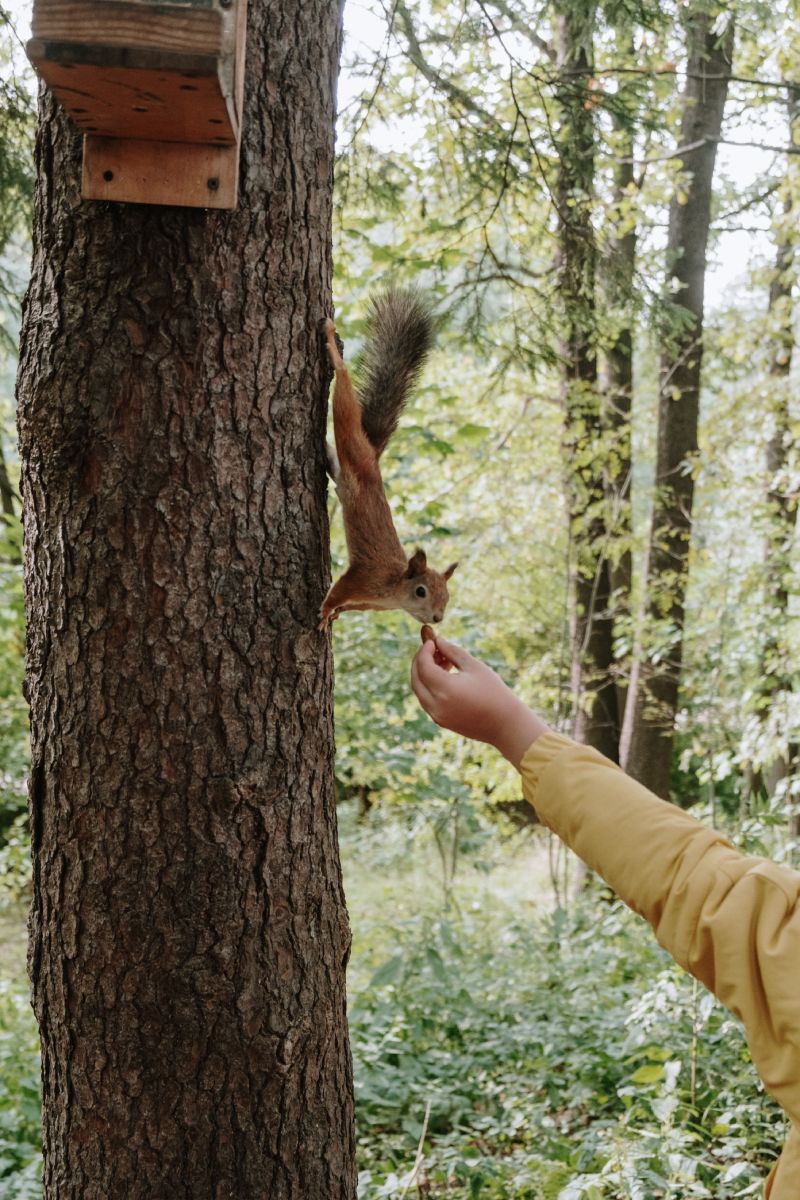
Importance of outdoor play and exploration
Kids are naturally curious and active. Encouraging outdoor play and exploration can nurture this curiosity and help them build a personal connection with the natural world. Outdoor play exposes children to different forms of life and natural phenomena, fostering a sense of wonder and respect for the diversity and complexity of nature.
Playing outside also offers countless opportunities to learn about sustainability. For example, the changing seasons can prompt discussions about weather patterns and climate change. Observing a worm wriggling in the soil can lead to conversations about the importance of biodiversity.
Teaching respect for wildlife and nature
Respect for wildlife and nature is a key aspect of sustainability. Kids should understand that every living thing, from the tiniest insect to the tallest tree, has an important role to play in the ecosystem.
Teach them to observe wildlife from a distance, never disturbing animals in their natural habitats. Explain that picking flowers or leaves can harm plants and disrupt habitats. Instead, encourage children to appreciate the beauty of nature through other senses like sight, smell, and sound.
When exploring outdoors, emphasize the principle of “leave no trace.” This means not leaving any litter behind and not taking any natural items, like shells or rocks, home with you.
Encouraging curiosity about the natural world
Curiosity is at the heart of learning. The more kids are curious about the natural world, the more they will want to understand and protect it. Encourage them to ask questions about what they observe in nature. Even if you don’t have all the answers, you can explore the questions together, fostering a spirit of inquiry and discovery.
Consider giving kids tools to explore their natural surroundings, such as binoculars for bird watching, a magnifying glass to examine insects, or a guidebook to identify different plants. Creating a backyard habitat for birds, butterflies, or even bees can also spark interest in local wildlife.
Fostering a love for nature in children is a lifelong gift. It promotes their wellbeing, sparks curiosity, and lays a strong foundation for a sustainable lifestyle. In the next section, we will discuss how to leverage digital resources to teach children about sustainability.
Conclusion
Teaching sustainability to kids is more than just a series of lessons. It’s a journey that encourages young minds to appreciate, explore, and safeguard the wonders of our planet. As we conclude this article, let’s revisit the salient points we’ve covered and consider the path forward in fostering environmental awareness and responsibility among children.

Recap of tips and activities for teaching kids about sustainability
From understanding why kids need to learn about sustainability to fostering a love for nature, we’ve explored various dimensions of this topic. The aim is not just to teach kids about the problems our environment faces but to empower them to be part of the solution.
We discussed the importance of age-appropriate explanations of sustainability concepts, providing practical everyday practices, and engaging kids in interactive activities that emphasize sustainable behavior. Additionally, we saw the significance of incorporating sustainability topics in schoolwork and the role outdoor experiences play in instilling eco-awareness.
We also stressed the role community plays in sustainability, showing kids that environmental protection is a collective effort. Lastly, the guide emphasized how important it is to foster a love for nature in children, as it lays the groundwork for all other aspects of sustainability education.
Affirmation of the importance of early eco-awareness
Early eco-awareness plays a vital role in shaping children’s attitudes and behaviors towards the environment. The more kids understand about the intricate web of life and the impacts of human activities on it, the more likely they are to develop sustainable habits and champion environmental causes in the future.
Through this understanding, children also develop skills such as critical thinking, creativity, and problem-solving, which are crucial for this rapidly changing world. They also gain a sense of empowerment, understanding that they, too, can make a difference.
Encouraging readers to take the first steps towards teaching their kids about sustainability
In conclusion, teaching kids about sustainability might seem like a daunting task, but every small step counts. Start with simple actions, like recycling or saving water, and gradually introduce more complex concepts.
Remember that kids learn by example, so let them see your sustainable practices in action. And most importantly, make it fun. Gardening, DIY crafts with recycled materials, nature walks – these are not just educational activities but opportunities to build precious memories with your kids.
So, are you ready to embark on this journey? The future of our planet lies in the hands of the younger generation. Let’s equip them with the knowledge and values they need to create a sustainable future.
In the next blog post, we will discuss eco-friendly alternatives to everyday items that you can introduce to your kids. Stay tuned!

